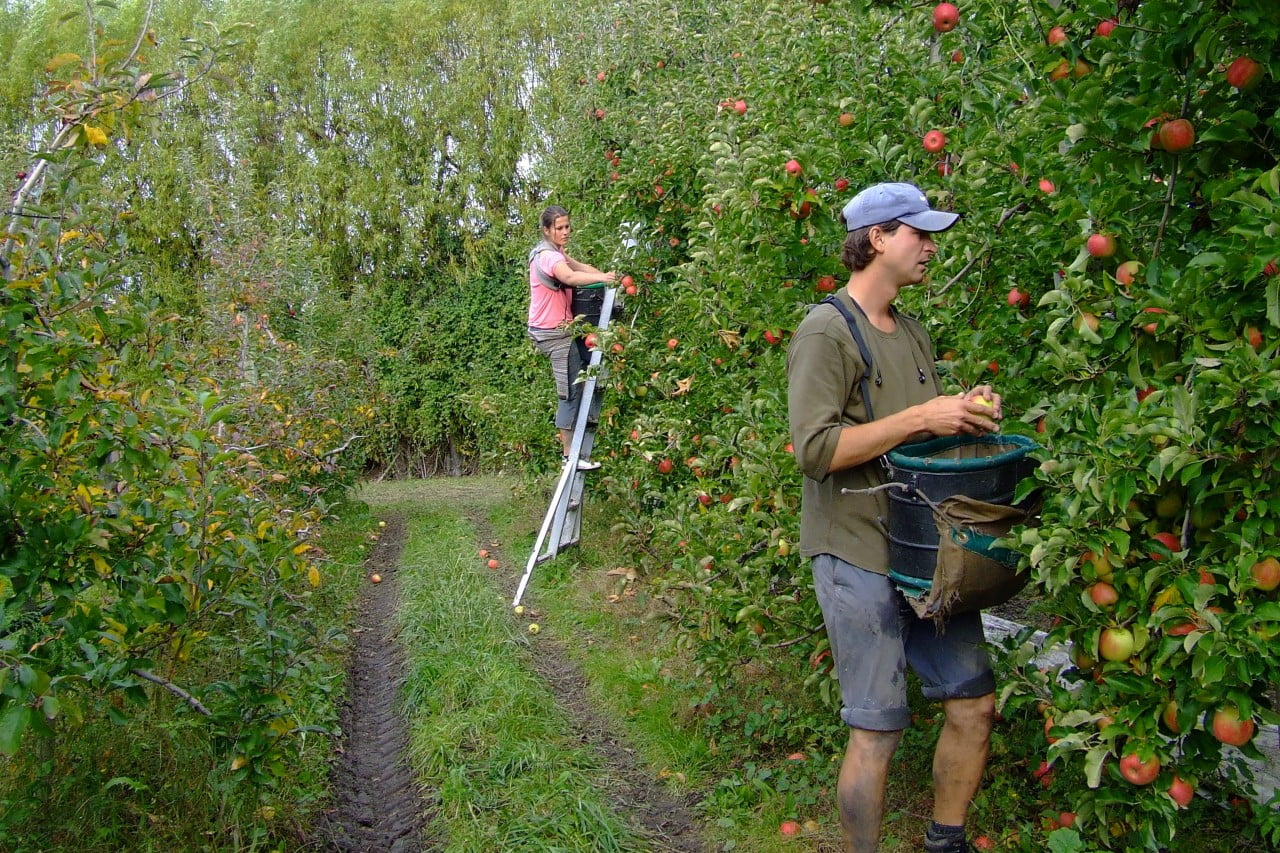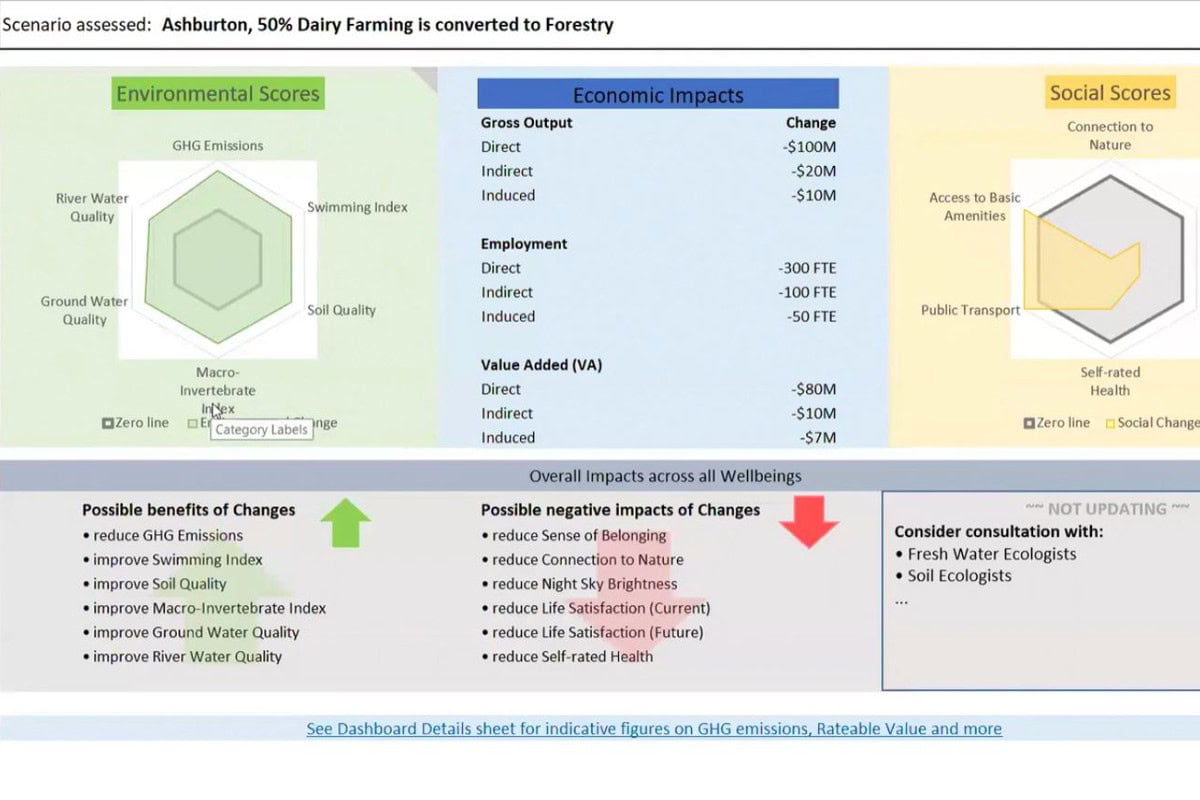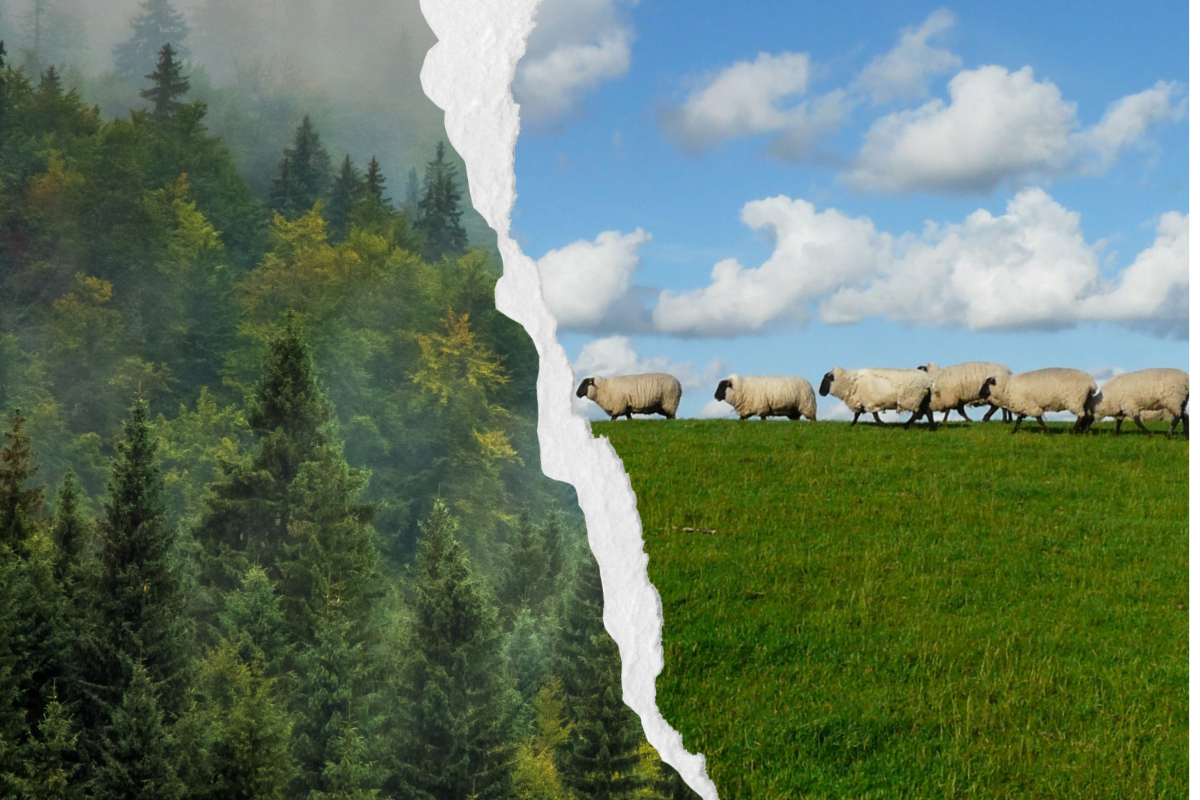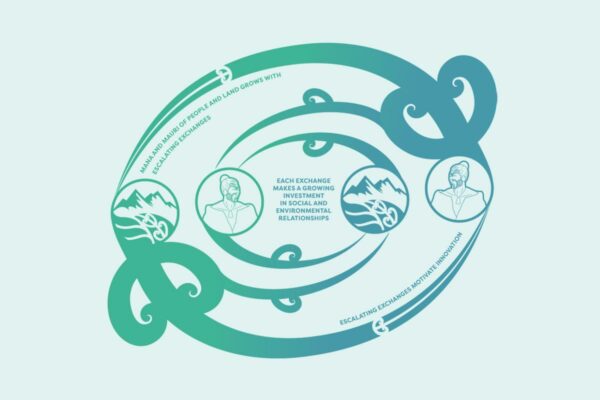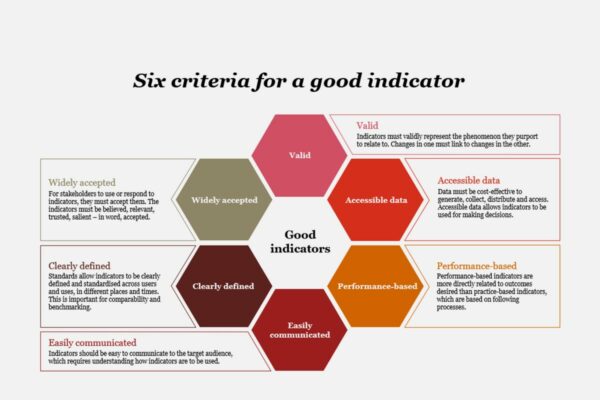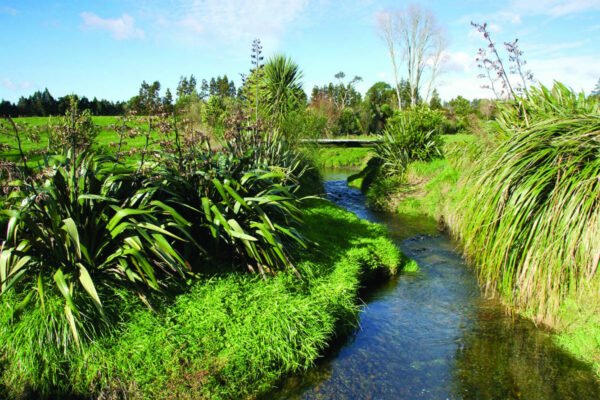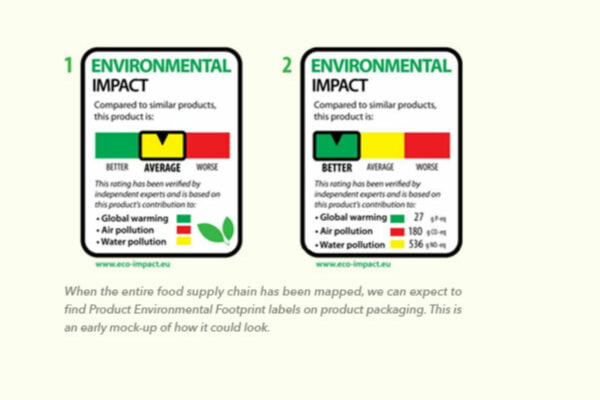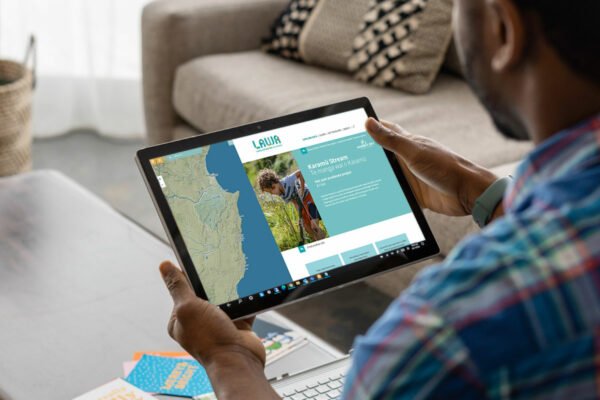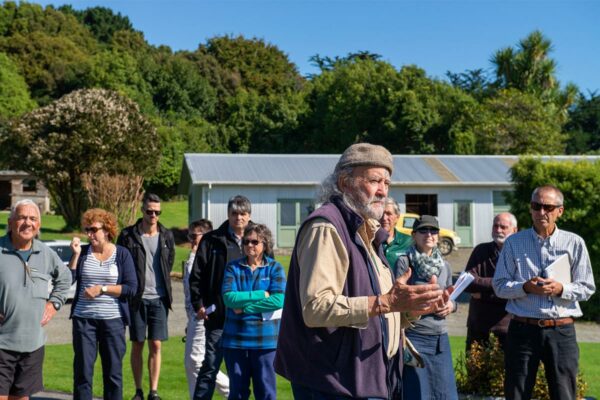Workforce Implications of Land-Use Change
Investigating workforce as a constraint on land-use changes
Project Details Ngā taipitopito
Collaborators Ngā haumi
MPI | Northland Inc | NZIER | Scarlatti
What are we doing?E aha ana mātou?
Labour shortages in the agrifood sector were highlighted when Covid-19 closed borders, but the underlying shortages go back further. For example, the conversion of sheep, beef, and arable farms to dairying in Southland and Canterbury created a demand for staff that exceeded regional workforce availability, requiring people from other regions and overseas.
Any proposed land-use change should consider the capacity of the available workforce.
With partners NZIER, MPI, and Northland Inc (the regional economic development agency for Northland), Scarlatti will investigate how regional workforce capacity affects the suitability of different land-use types, and strategies and interventions that could mitigate workforce constraints, such as counter-seasonal production.
The aim of the research is to incorporate information about the workforce implications of land-use change into existing and proposed tools that support land-use change decisions.
How can the research be used? Ka pēhea e whai take ai te rangahau?
- This programme will consider a variety of alternatives to the land uses that currently dominate New Zealand, based on existing research, and develop scenarios for alternative land uses by region.
- An ‘enterprise-level’ interactive tool will be developed for land stewards to evaluate new land use opportunities according to workforce requirements. For some regions it may suggest diversification options to create permanent employment opportunities for seasonal labour. For iwi who wish to attract whānau back to work on their whenua to strengthen their communities, this will help identify land-use alternatives that align with their aspirations.
- A ‘regional-level’ model will extend the enterprise model to estimate a region’s total labour requirements according to the allocation of land to different land uses (demand side), and measure the supply of this labour as a shortage or surplus (supply side). Regional councils can use this information as a consideration when evaluating and recommending suitable land-use changes for the region.
- Information about the workforce implications of land-use change will also be incorporated into existing tools that support land-use change decisions.
- A set of written case studies will be produced, each centred on a scenario involving a land-use change considered suitable from an economic and environmental perspective, evaluating how workforce implications affect the suitability of the land-use.
- Regional economic development agencies will benefit from workforce information at a regional level when evaluating which land-uses are regionally sustainable and should be promoted. Information from this project will help these agencies balance seasonal workforce demand and identify where complementary clusters of land uses could be developed in a region.
- With changes in land-use anticipated in coming years through regulation and societal pressure, this tool will provide central government and regional skills leadership groups with some indication of the future demand for labour within regions and how the supply is expected to ‘match up’. This information can be used to support national regulation and policy affecting workforce capacity, and regional recommendations to increase the supply of labour according to demand (such as tailoring training to regional skill needs).
Related research updates Ngā pānui mō te rangahau nei
Participation & engagement Te hunga i whai wāhi mai
- The prototype enterprise-level model will be socialised with landowners with existing professional relationships with the research team, and will be iterated according to their feedback.
- The regional-level model will be socialised with regional councils, economic development agencies, and central government where possible, and iterated according to their feedback.
- The case studies and interactive tools developed in this project will also be tested with appropriate stakeholders and iterated according to their feedback.
- This project will share its findings at conferences, and through professional networks, engagement with individuals and organisations, and via rural media.
 View Our Strategy Document 2019 – 2024
View Our Strategy Document 2019 – 2024



